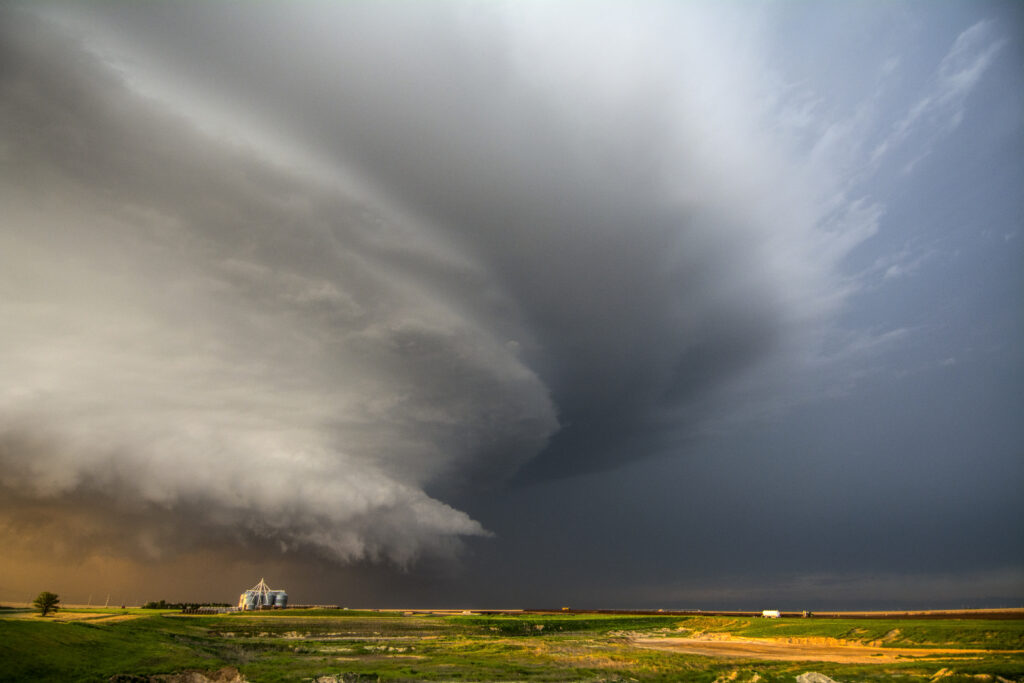Swimming pools are a great way to relax and enjoy the summer sun, but they can also be vulnerable to bad weather. From thunderstorms to hurricanes, extreme weather conditions can cause significant damage to your pool, leading to costly repairs and maintenance. In this blog post, we’ll explore the various ways bad weather can impact your pool and provide practical tips on how you can prepare and protect your investment.
Understanding the Impact of Bad Weather on Pools
1. Heavy Rainfall

Heavy rainfall can cause several issues for your pool. Excessive rainwater can lead to an overflow, diluting the pool’s chemicals and affecting water quality. Additionally, heavy rains can wash debris and contaminants into the pool, clogging filters and skimmers.
2. Strong Winds

Strong winds can blow dirt, leaves, and other debris into your pool, which can clog the filtration system and make the water dirty. Wind can also cause physical damage to pool covers, liners, and nearby structures like pool sheds and fences.
3. Hailstorms

Hail can cause physical damage to the pool’s surface, such as cracking or chipping of the tiles or pool lining. It can also damage pool equipment like pumps and heaters if left exposed.
4. Freezing Temperatures

In regions where temperatures drop below freezing, pool water can freeze and expand, causing cracks in the pool structure and damage to the plumbing system. Freeze damage can be particularly costly to repair.
5. Severe Storms

Severe storms bring a combination of heavy rain, strong winds, and potential flooding. They can cause extensive damage to the pool and its surroundings, including structural damage, contamination, and equipment failure.
Preparing Your Pool for Bad Weather
1. Regular Maintenance

Routine maintenance is essential for keeping your pool in good condition and prepared for unexpected weather. Regularly check and balance the pool’s chemicals, clean the filters, and inspect the pool’s structure for any signs of wear and tear.
2. Invest in a Good Pool Cover

A high-quality pool cover can protect your pool from debris, rainwater, and hail. Make sure to secure the cover tightly to prevent it from being blown off during strong winds.
3. Trim Nearby Trees and Shrubs

Keep trees and shrubs around the pool trimmed to minimize the risk of branches and leaves falling into the pool during a storm. This also helps reduce the amount of organic debris that can clog your pool’s filtration system.
4. Lower the Water Level
Before a heavy rainstorm, consider lowering the water level in your pool to prevent overflow. This can help manage the dilution of pool chemicals and reduce the risk of flooding in the surrounding area.
5. Store Pool Equipment Safely

Store pool equipment like pumps, heaters, and cleaning tools in a secure, weather-proof location. If you have removable pool ladders or slides, take them down and store them safely to prevent damage.
6. Winterize Your Pool

In colder climates, winterizing your pool is crucial. This involves draining the pool to below the skimmer level, adding winterizing chemicals, and covering the pool securely. Make sure to also blow out and seal the plumbing lines to prevent freeze damage.
7. Secure Loose Items

Ensure that any loose items around the pool area, such as furniture, umbrellas, and toys, are secured or stored away. These items can become projectiles in strong winds, potentially causing damage to the pool and surrounding structures.

While bad weather can pose a threat to your pool, proper preparation and maintenance can significantly reduce the risk of damage. By taking proactive steps to protect your pool, you can ensure it remains a safe and enjoyable place for you and your family, regardless of the weather conditions. Stay vigilant, and your pool will be ready to withstand whatever Mother Nature throws its way.
For more pool maintenance tips and weather preparation advice, subscribe to our blog and stay updated with the latest information. Your pool’s longevity and safety are our top priorities!


